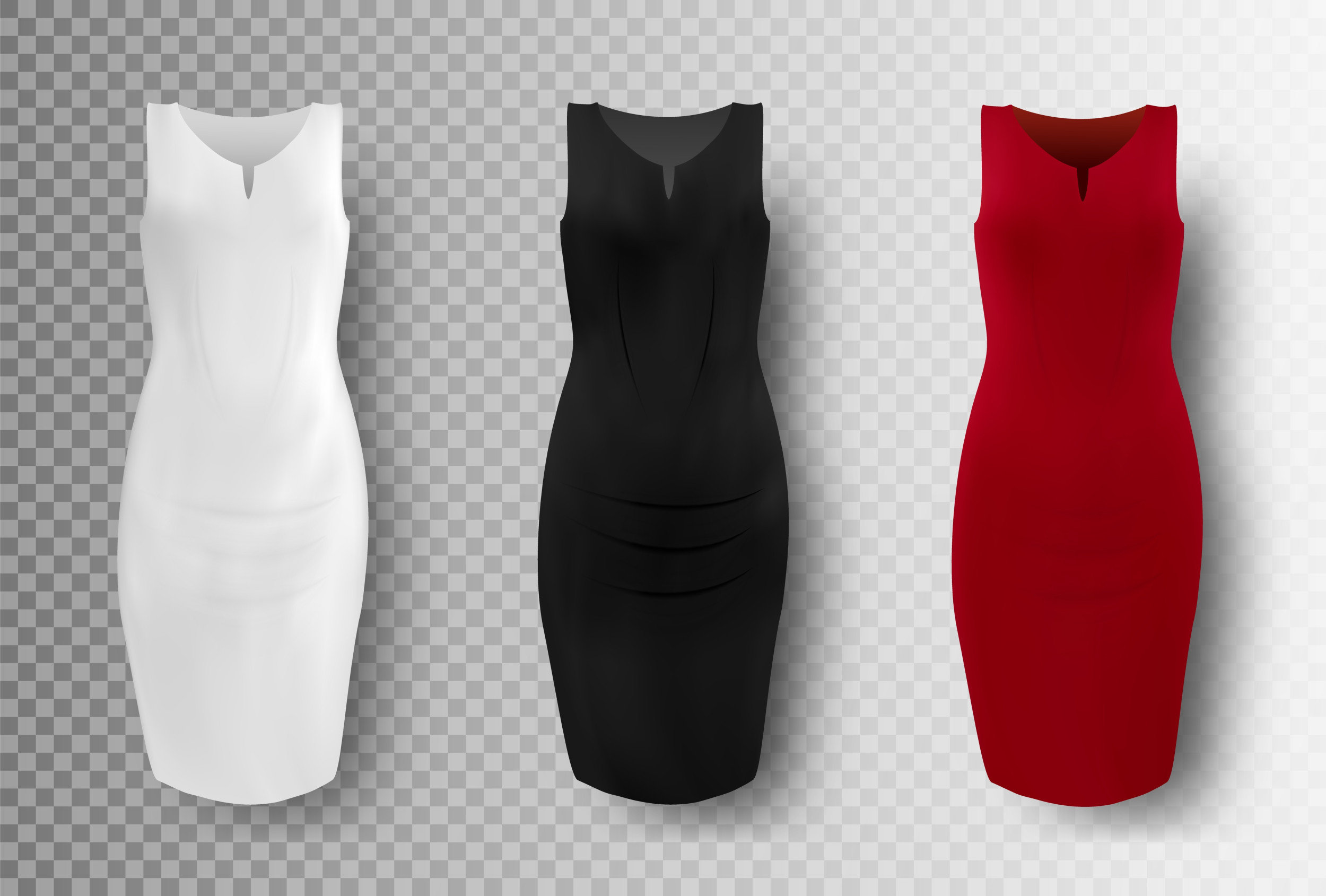Web3 is transforming the $2.4 trillion fashion industry across the world. Digital fashion is clothing made of pixels, not fabric — they may not exist in the real world. Fashion design software like CLO 3D and others have been around for years, but new Web3 tools are helping create a new asset class of digital items. Digital clothes can be technologically tailored to fit an image or avatar of yourself to share on social media, metaverse, gaming skins or digital presence programs like Zoom, Teams, etc., using augmented reality (AR) filters. Digital fashion is an emerging trend in the world and has become a major cultural influence.
Examples of Digital Fashion
A new trend has kicked off with several notable examples and pivotal moments.
Key Drivers
Digital fashion has multiple drivers and shifts enabling cultural proliferation.
Technology Shifts
One of the biggest trends in digital fashion is the use of augmented reality (AR) and virtual reality (VR) technology. AR lets users see how a piece of clothing or accessory will look on them before they make a purchase, while VR lets them experience fashion shows and events in a completely immersive environment. Web3, also known as the decentralized web, is a movement toward a more open and decentralized internet. Web3 technologies are being used to create more transparent, sustainable and inclusive fashion ecosystems. Web3 has created several decentralized marketplaces, letting peer-to-peer transactions trade and exchange digital assets as NFTs (non-fungible tokens).
This can enable the creation of new, more inclusive fashion ecosystems not controlled by a single entity. These technologies are mutually exclusive, such as items can be bought on the blockchain accessed by AR and worn in the metaverse.
Personalization
The Web3 creator economy has given rise to personalized, made-to-order clothing. Using advanced algorithms and data analysis, creators can now create unique pieces of clothing tailored to an individual’s personal style and preferences.
Sustainability
As the second largest polluter in the world, the fashion industry constantly looks for sustainable solutions, and digital fashion is a valuable lever. Web3, augmented by other technologies, can deliver eco-friendly materials and sustainable production processes. Consumers can make responsible fashion choices while experiencing clothing made of impractical materials like wood, liquid, glass, etc.
Marketing
Using social media and influencer marketing is also changing the way fashion is marketed and sold. Influencers have become powerful tastemakers in the industry with their endorsements and recommendations driving consumer purchasing decisions and lowering the cost of sales. Digital fashion may also improve inventory management and operational efficiency of brands led by marketing.
Use Cases of Digital Fashion
Digital fashion has a multitude of current and emerging use cases today. Many fashion brands like Nike, Adidas, D&G and Gucci have made significant strides in this space.
Digital Twin
Some traditional fashion brands use digital twins to design and develop new products using the software. They can also simulate the endurance and performance of clothes and accessories in various environments and optimize items to meet the needs of consumers. They also deliver virtual try-on and other interactive experiences, letting customers see how it would look on them.
Metaverse Identity
Clothes can reflect an individual’s personality in real life, and digital fashion will do so in the virtual world as avatars get activated in the metaverse. NFT versions of digital clothes can serve as metaverse identities of individuals too. It is also fun to play around with dressing your avatars with a personalized look in digital spaces.
Collectibles
Digital fashion can also be limited edition collectibles. For example, during a brand activation, a digital Gucci handbag sold for more than its physical counterpart in the online game Roblox. Gucci created a high-fidelity environment within Roblox, inviting players to explore themed rooms for 14 days and buy the digital asset. A digital rendition of Gucci’s diagnostic bag sold for 350,000 Robux, which equals to approximately $4,115 on Club Penguin, an adjacent gaming site to Roblox; real versions of the bag typically retail for around $3,400.
Non-Fungible Tokens
Italian luxury brand Dolce and Gabbana auctioned its digital collection for $6 million, signaling the value of branded clothes in the metaverse. These non-fungible tokens (NFTs) have the utility of providing access to D&G couture shows, acting like a ticket to the decentralized community like Bored Ape and Yacht Club.
The Future of Digital Fashion
Like the beauty industry, digital fashion is rapidly integrating into e-commerce, allowing users to try in real time before they buy using smart glasses, VR headsets and even mobile phones.
Phygital (both digital and physical) clothes can be triggered using AR, QR codes, etc., to order the same digital garment in real life as well. This lets fashion brands test items digitally before producing them physically.
Gen Z and Gen Alpha have bought digital outfits and skins with their money both inside and outside gaming. Many are already overlaying accessories like hats, sunglasses and earrings on social media and in Zoom meetings. The market is expected to grow and scale as digital fashion matures.
Read More: news.google.com









 Bitcoin
Bitcoin  Ethereum
Ethereum  Tether
Tether  XRP
XRP  Solana
Solana  Dogecoin
Dogecoin  USDC
USDC  Cardano
Cardano  Lido Staked Ether
Lido Staked Ether  TRON
TRON  Avalanche
Avalanche  Sui
Sui  Wrapped stETH
Wrapped stETH  Toncoin
Toncoin  Chainlink
Chainlink  Shiba Inu
Shiba Inu  Wrapped Bitcoin
Wrapped Bitcoin  Stellar
Stellar  Hedera
Hedera  Polkadot
Polkadot  WETH
WETH  LEO Token
LEO Token  Bitcoin Cash
Bitcoin Cash  Uniswap
Uniswap  Litecoin
Litecoin  Hyperliquid
Hyperliquid  Pepe
Pepe  Wrapped eETH
Wrapped eETH  NEAR Protocol
NEAR Protocol  Ethena USDe
Ethena USDe  USDS
USDS  Internet Computer
Internet Computer  Aptos
Aptos  Aave
Aave  Mantle
Mantle  POL (ex-MATIC)
POL (ex-MATIC)  Cronos
Cronos  Ethereum Classic
Ethereum Classic  Render
Render  MANTRA
MANTRA  Monero
Monero  Bittensor
Bittensor  Artificial Superintelligence Alliance
Artificial Superintelligence Alliance  Tokenize Xchange
Tokenize Xchange  Dai
Dai  Virtuals Protocol
Virtuals Protocol  Arbitrum
Arbitrum